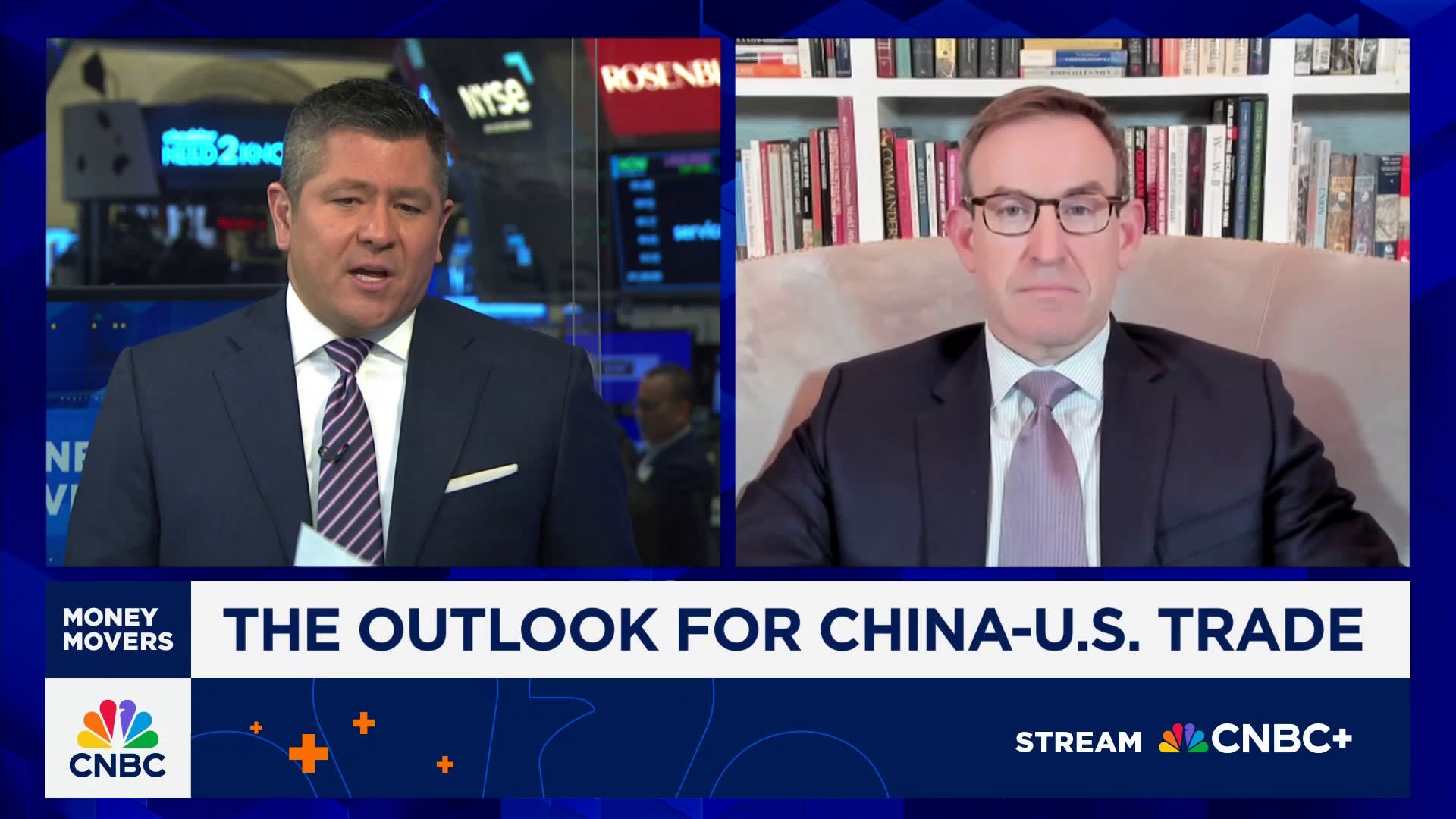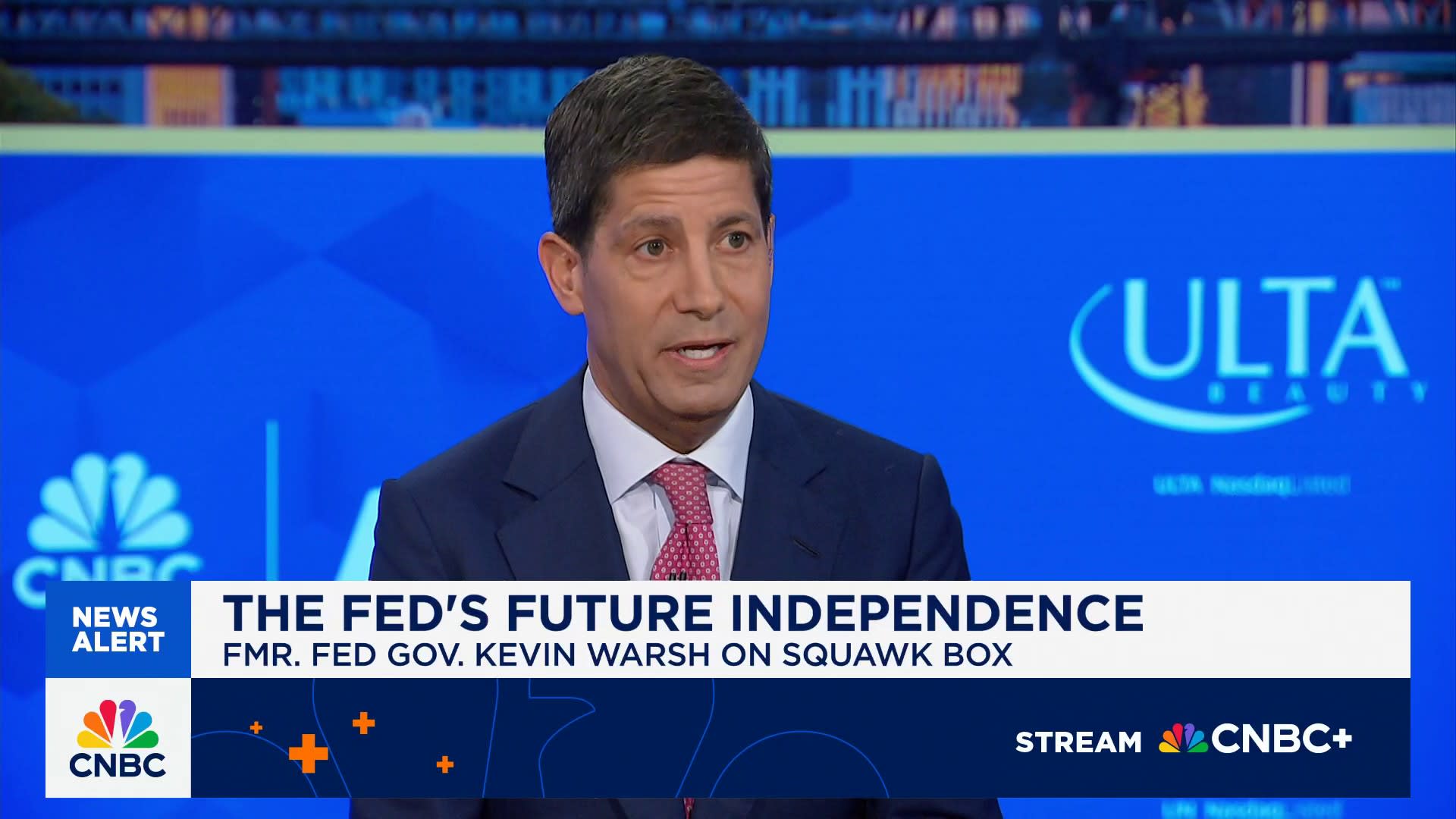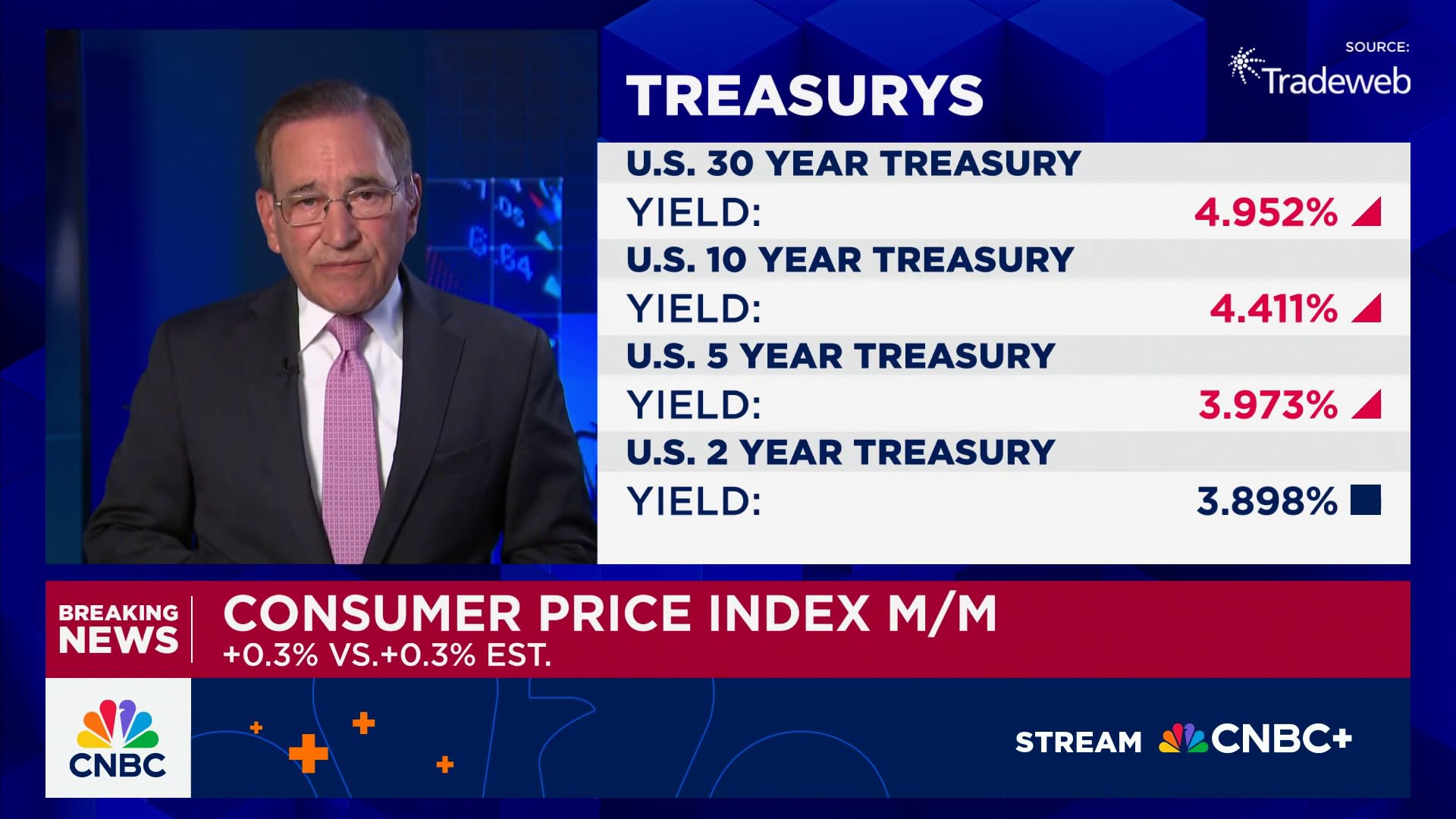Getty Images
When it came time for Diane Wetherington to consider retirement, reality quickly set in.
The 72-year-old debated devoting her time to crafting and doting over her grandkids and even gave full-time retirement a try. But she soon realized her Social Security checks, which were smaller than her peers’ due to time she spent out of the workforce while raising children, wouldn’t be enough to cover travel or rising insurance costs on top of basic needs.
Now, the Central Florida resident works part time as a remote contracting agent in local government. While she sometimes has to miss out on plans with fully retired friends, she said, continuing to work has kept her budget sound and her mind active.
“It’s just getting very hard to make ends meet,” Wetherington said. “The way the world is right now, everything’s going up, up, up.”
Wetherington is part of a growing body of Americans staying in the workforce past 65, once a traditional marker for retirement. This trend has buoyed the national labor market after years defined by pandemic-induced worker shortages and high quitting rates. It’s also changed the financial outlook for those who remain employed in some capacity, whether for personal satisfaction or monetary need.
This trend should be more apparent than ever in 2025, when more Americans are expected to turn 65 than in any past year, according to a widely read study from the Alliance for Lifetime Income. It dubbed a multiyear period in the late 2020s as the “Peak 65 zone.”
The number of employed Americans 65 and older ballooned more than 33% between 2015 and 2024, according to a CNBC analysis of data from the Bureau of Labor Statistics. By comparison, the labor force for all workers 16 or older has increased less than 9% during the same time period.
That growth has meant workers ages 65 and older accounted for 7% of the total workforce in 2024. That share is up from around 5.7% a decade ago.
“It’s really hard for many employers in many sectors to fill key workforce needs right now,” said Jim Malatras, strategy chief at FedCap, a nonprofit that helps train and place people in jobs. Tapping this age group “can help build key capacity where it’s desperately needed.”
An ‘anchor’ for retirement
While the swelling number of workers in this age bracket — more than 11 million in 2024 — has gained attention in recent years, the reasons for this outsized growth date back decades.
Chief among the drivers is the fact that America’s population is aging, according to Laura Quinby, an associate director at Boston College’s Center for Retirement Research.
But structural shifts in the retirement system have also encouraged working later in life, Quinby said. The transition in the private sector from employer-funded pensions to 401(k)s and other defined-contribution plans created a need for many workers to remain employed longer. Social Security reforms in the 1980s pushed the program’s “full retirement age” from 65 to 67.
“People really do use the Social Security full retirement age as an anchor in terms of when they should retire and claim benefits,” Quinby said. “That shift triggered a trend in people working longer.”
Longer life spans have pushed a growing chorus of voices to call for the age of retirement to move back even further, especially as financial uncertainties swirl around Social Security. BlackRock Chair Larry Fink, for instance, said in an annual letter that it’s “a bit crazy” that the expectation of retiring at 65 “originates from the time of the Ottoman Empire.”
Yet there are vastly different reasons and experiences for people of retirement age to continue working in some capacity, said Teresa Ghilarducci, director of The New School’s Retirement Equity Lab.
Some do retire, and some continue to work in jobs that they love out of passion alone. But she said about two-thirds of those still working do it “because they have to.” They can be in jobs with high physical or mental requirements, she said, but they see few alternatives, given that their Social Security checks can’t sustain them.
“I call it the tale of two retirements,” Ghilarducci said.
‘Vintage cars’
Employers of all kinds have tried to win and retain this growing base of talent.
Booking.com parent Booking Holdings offers 10 days off annually for so-called grandparent leave, which is separate from time offered to new parents and other paid days off. Grocery store chain Wegmans has a section of its part-time jobs page specifically targeted to seniors, advertising the opportunity to stay active and earn income during retirement.
Retirement-age workers can be seen working in gift shops or greeting restaurant guests for Xanterra, a travel company that owns properties in and around national parks. The company has a program called Helping Hands, which allows Xanterra to staff up during the peak tourist season by offering gigs that typically last a month and a half with 30-hour workweeks.
“The retirement community, or that older workforce, is really an integral part of our overall workforce planning strategy,” said Shannon Dierenbach, Xanterra’s human resources chief. “They certainly bring a level of expertise, wisdom, life skills, perspective that really enhances the overall experience.”
Pedestrians walk past a “hiring now” sign posted outside Wegmans in New York City.
Adam Jeffery | CNBC
Despite these anecdotes, advocates say a pervasive culture of ageism has continued to hurt these Americans in the workforce. “They’re like vintage cars to us,” said FedCap’s Malatras. “They’re built to last, they’re full of value, but they’re treated often like high-mileage Pintos, and they don’t really have an opportunity to serve anymore.”
Employers hoping to better advertise to this community should look at job descriptions and pictures on their jobs pages to ensure there aren’t any subtle signs they favor younger applicants, according to Heather Tinsley-Fix, senior advisor for employer engagement at AARP. She often encourages employers looking for older workers to sign AARP’s pledge, in which businesses commit to measures supporting age equality.
Removing college degree requirements can also help gain the attention of this pool, she said, given that a smaller share completed higher education compared with younger generations. Working from home is a key component of flexibility that these older workers may need, Tinsley-Fix said.
Part of Tinsley-Fix’s argument for employers is the impending “tsunami” of retirements expected within the next decade. If companies don’t tap into groups they previously overlooked, she warned, they’ll struggle to stay at full staffing, as not enough people enter the workforce each year to replace those who left.
Her pitch isn’t all doom-and-gloom, however. Tinsley-Fix said there’s a silver lining: These workers tend to excel at soft skills and can provide mentorship to younger staffers. At Xanterra’s sites, for example, retirement-age workers interact particularly well with customers and stay calm under pressure, Dierenbach said.
“People talk about all kinds of spillover dividends from having older workers on their teams,” Tinsley-Fix said. “They really benefit from having those folks.”
‘The best thing that ever happened to me’
Those who remain employed do so for a variety of reasons. Multiple workers from this age group told CNBC that no matter the initial rationale — whether financial needs or personal preference — that got them to stay or return to the workforce, they’ve benefited physically and mentally.
“It was the best thing that ever happened to me,” said Shari Nelson, who began working for nonprofit Vantage Aging through its government-supported job placement program and was hired to stay on after completing it.
The Ohio resident, who works part-time, said the paycheck allows her the financial security to be the kind of grandmother past generations in her family have been. Nelson’s role was previously full-time, but Vantage broke it up into two positions with fewer hours to better accommodate older workers.
Nonprofits were the most popular industry for workers in this age bracket at the end of 2024, with more than 1 out of every 12 in the sector, according to data from payroll platform Gusto. Among the small businesses using Gusto, the firm found the share of workers 65 or older has surged more than 50% since January 2019.
Government is another popular area, according to Gusto. That’s where Florida resident Anne Sallee, who was once a public official, found herself after she decided a full retirement wasn’t for her.
Sallee, who had a long career as a paralegal and now works as an economic development coordinator, said the return to in-person office work was a “shock” after more than a decade away. However, she said the personal benefits of having deadlines and a routine, as well as a passion for the role, keep her coming back.
“I don’t enjoy not having things I have to do,” Sallee said. “I never envisioned the ‘sit on the beach with your feet up and a cocktail’ kind of lifestyle.”
Still, Sallee said she’s taken some liberties that she may not have early in her career or when starting a new position. For instance, the 68-year-old avoids working overtime and takes a three-week vacation annually.
“If that ever becomes a problem,” she said of her yearly stretch of time off, “the vacation will take priority.”










